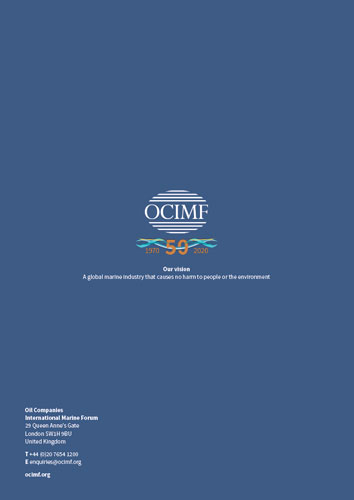Сб с 10 до 16
Recommendations on Usage of ECDIS and Preventing Incidents/Рекомендации по использованию ЭКНИС и предотвращению инцидентов
Книга на английском языке
High standards of navigation are crucial for the safety of crew members, protection of the marine environment and to safeguard vessels and cargoes. Passage planning is an integral part of ensuring safety of navigation. With the increasing use of Electronic Chart Display and Information Systems (ECDIS), it is becoming more important to focus on ECDIS-related navigational policies and procedures.Over the last decade, there have been several significant navigational incidents where one of the contributory factors has been ECDIS-related. With an increase in the number of vessels now using Electronic Navigation Charts (ENCs) as primary as well as secondary navigational charts, the appropriate use of ECDIS is critical to ensure safety of navigation.This information paper is aimed at owners, operators, Masters, Navigating Officers, bridge team members including Pilots and ECDIS makers. It provides recommendations to enhance policies and procedures regarding the safe use of ECDIS.
Contents
Glossary
Abbreviations
Bibliography
1 Introduction
1.1 Purpose and scope
1.2 Analysis of ECDIS-related incident findings and SIRE observations
2 ECDIS carriage requirements
2.1 Carriage of ECDIS and paper charts
2.2 Recommendations
3 ECDIS training and familiarisation
3.1 Statutory requirements
3.2 Recommendations
4 Passage plan
4.1 Route appraisal
4.1.1 ECDIS reliability
4.1.2 ENC scales
4.1.3 ECDIS displays
4.1.4 ECDIS overlays
4.1.5 ECDIS monitor settings (day, dusk, night)
4.2 Route planning
4.2.1 ENC selection
4.2.2 Berth-to-berth passage plan
4.2.3 Manual layers
4.2.4 Temporary and Preliminary Notices to Mariners, ENC Preliminary Notices to Mariners and Admiralty Information Overlay
4.2.5 Identification of safe water
4.2.6 Safety corridor/cross-track corridor
4.2.7 Wheel-over positions and critical points
4.2.8 Look-ahead zone
4.3 Route validation
4.3.1 Recommendations
4.4 Route execution and monitoring
4.4.1 Recommendations
4.4.2 Position verification and monitoring
4.4.3 Settings during passage
5 Alarm management
5.1 Setting alarms
5.2 Alarm fatigue
5.3 Alarm normalisation
5.4 Recommendations




